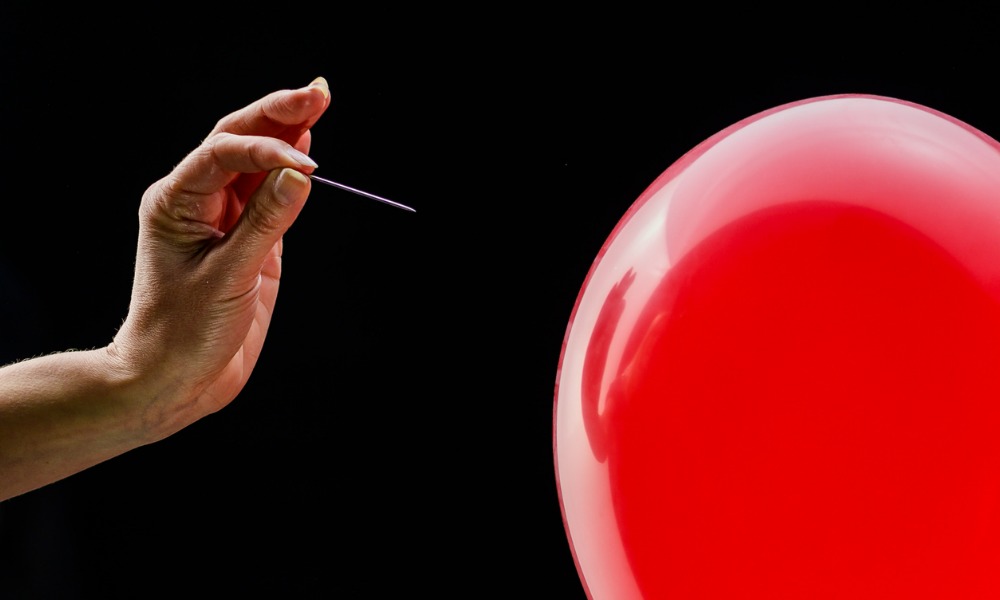Lofty promises and fees have reportedly detracted from small-investor versions pf private equity strategies

For decades, institutional investors have reaped respectable returns from private equity, which makes for a compelling pitch to retail investors given access to the rarefied space. But what’s benefited pension funds and endowments might not be so good for smaller asset owners.
That’s the picture painted by former Merrill Lynch broker Kurt Stein, who has claimed that investments into PE funds that he made on behalf of clients in the 2010s did not do as well as the managers that pitched them had said they would.
As reported by Forbes, Stein was one of hundreds wooed by PE manager Blackstone to put their clients in new funds that promised to do well, based on the firm’s past record of producing net returns topping 15% per year. Ten years later, the majority of clients that Stein reportedly placed into PE funds have seen after-fee annual returns of 10% or less, lagging the S&P 500’s 15% annual return.
That prompted Stein, who’s now resigned from Merrill, to go to the SEC with claims that the funds had been misrepresented by wealth management firms in partnership with PE shops looking to tap a new market.
“Retail is the biggest driver of growth at $684 billion (assets) Blackstone today, pulling in almost $4 billion in new assets a month,” Forbes said.
One disappointing example, the publication said, was Stein’s experience with Blackstone’s Total Alternatives Solution. BTAS 2014, as it was otherwise known, had generated a 10.82% return, after all fees, by 2017; in two years, its record worsened to 6.78%, and its net return today is reportedly 5.18%. The fund’s biggest holding, Team Health, is described as a “struggling physician group.”
One issue, as explained by Forbes, stems from the fees different parties charge. Blackstone’s take reportedly consists of a 1.5% management fee based on an investor’s total capital commitment, plus a 20% performance fee on any returns beyond 6%. On top of that, retail brokers have a cut of 1% annually on their client’s committed capital, plus “placement fees” that can be as high as 2.5%.
Another problem was the calculus that went into determining internal rates of return. In theory, buyouts are said to exhibit J-curve like performance; low early returns are supposed to swoop upward starting around the fourth year of a fund’s life as capital commitments start to get invested.
But in the case of Blackstone real estate fund BREP, its IRR reportedly clocked in at 20% inclusive of brokerage fees as of December 2015. By May 2021, it had declined to 10.3%.
That inverted J pattern, Forbes said, is due to funds’ tendency to borrow and defer capital calls in the early years, which initially boosts rates of return. For funds that are able to snap up and quickly flip companies during that period, initial returns can seem even more lucrative.
“The IRR is high in the beginning because they’re manipulating it to be high,” Brad Case, an economist focused on private equity, told Forbes. “Why does it come down over time? Because they run out of opportunities to keep manipulating it.”



